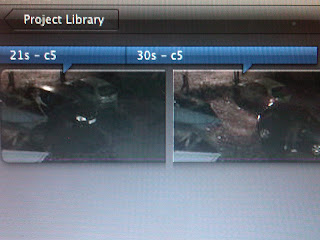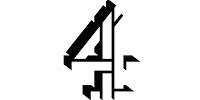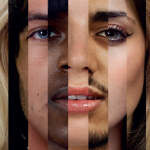Coppers is a 5-part documentary series on Channel 4. It is described as, 'Giving unrestricted access, viewers will get the chance to see how officers and police staff deal with day to day situations in police custody. The programme will feature the custody sergeants who book in suspects, the officers who arrest them and the detention officers who tend to the suspects whilst they are in custody. Officers and staff can be seen giving personal views on the situations they routinely deal with and viewers can see how relationships with offenders are created in bid to encourage them to turn their lives around."
It is an observational and expository style documentary, allowing viewers access to see footage of police offers that they are not usually able to see. I began looking at this after a recommendation from my teacher, when we chose to look at crime, because it is full of CCTV footage, interviews and voiceovers like our documentary will be.
You can view the episodes through this link:








































